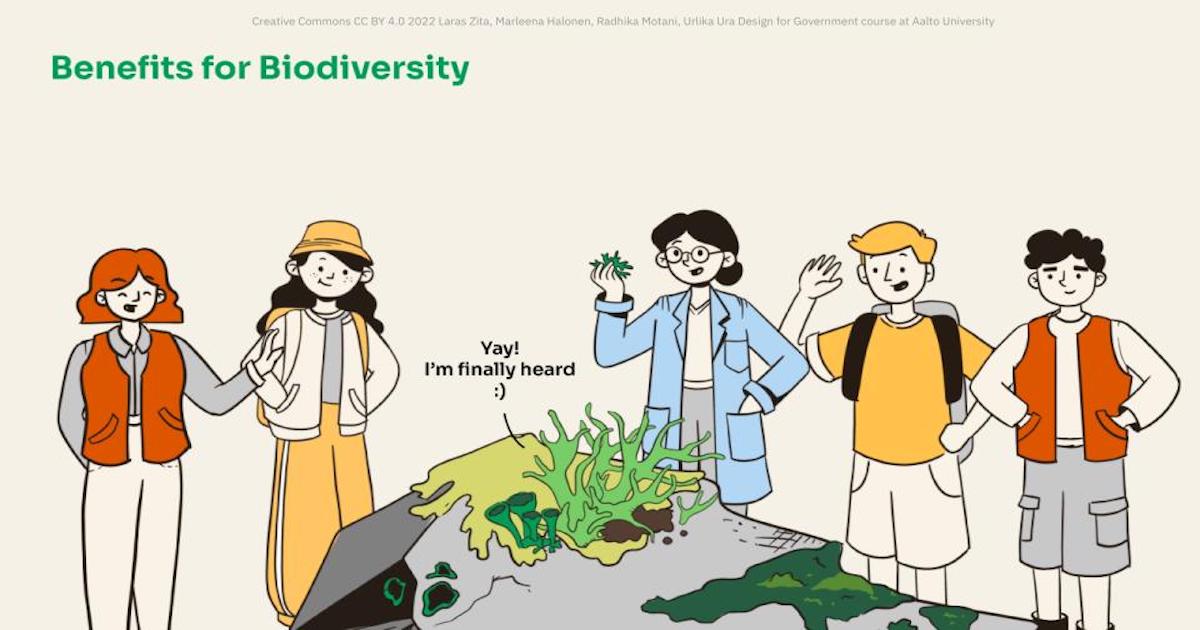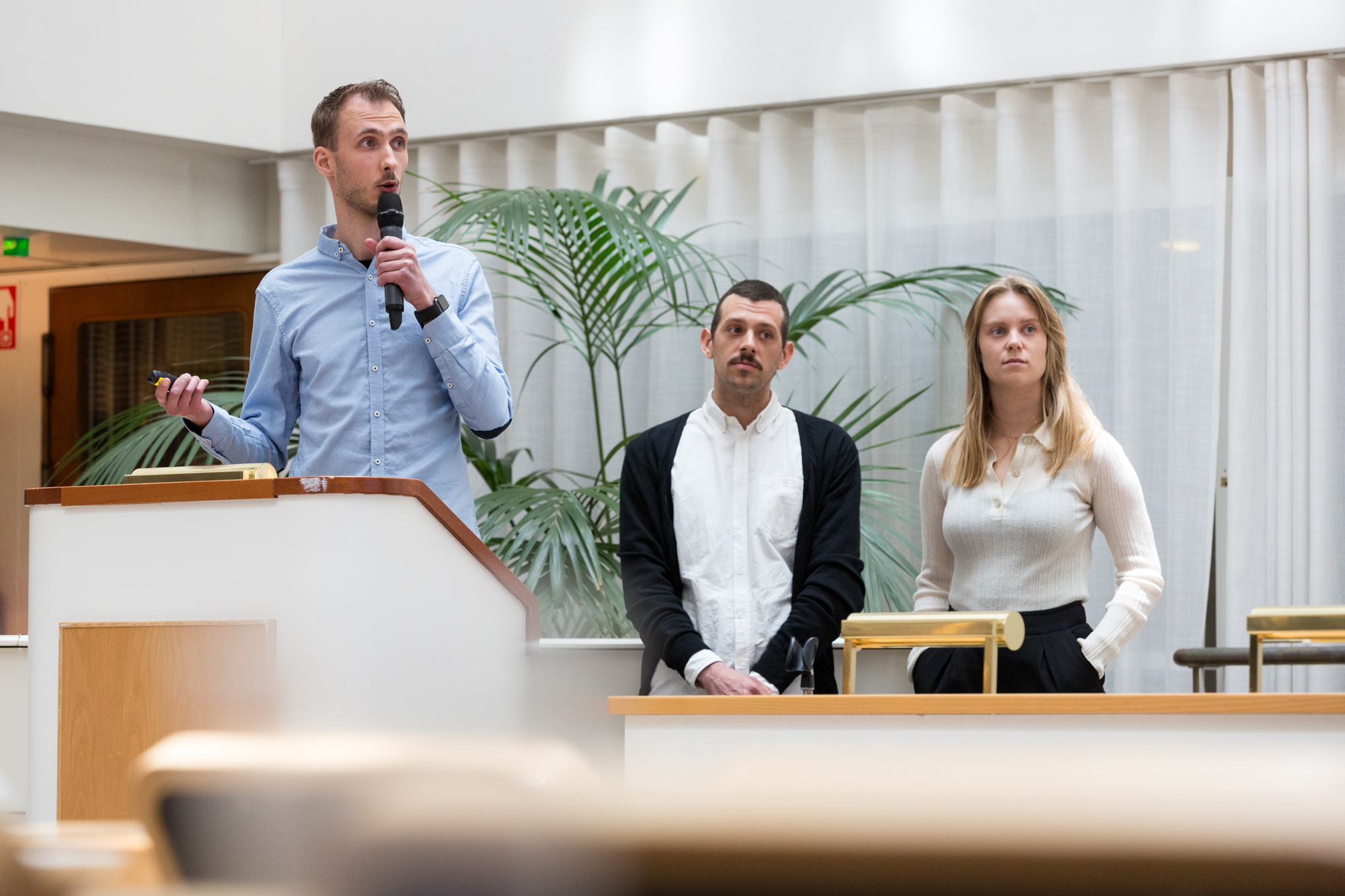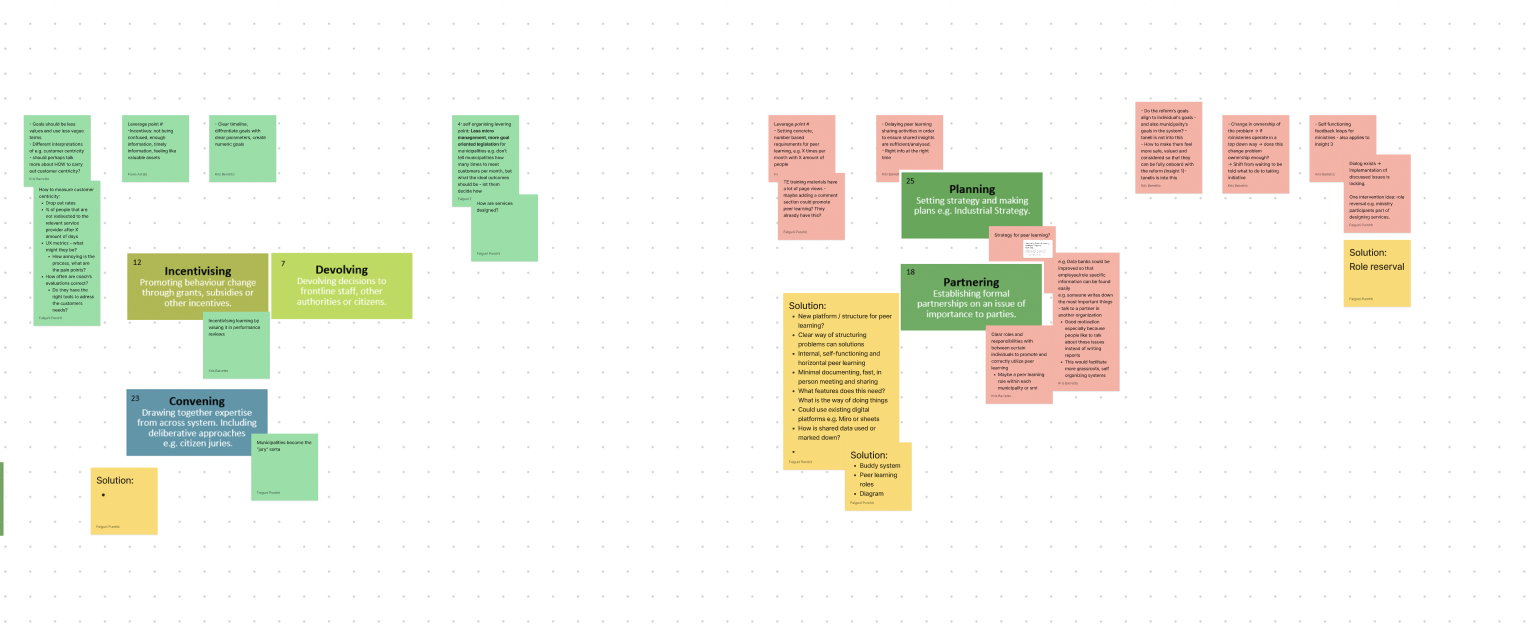Nuuksio collaboratory – how we got there
In this blog, I’ll describe the thinking process towards our final proposal the Nuuksio Collaboratory. It is a one-year program where visitors of Nuuksio National Park participate in a citizen science project led by Metsähallitus scientists to co-create solutions for the local biodiversity loss.










